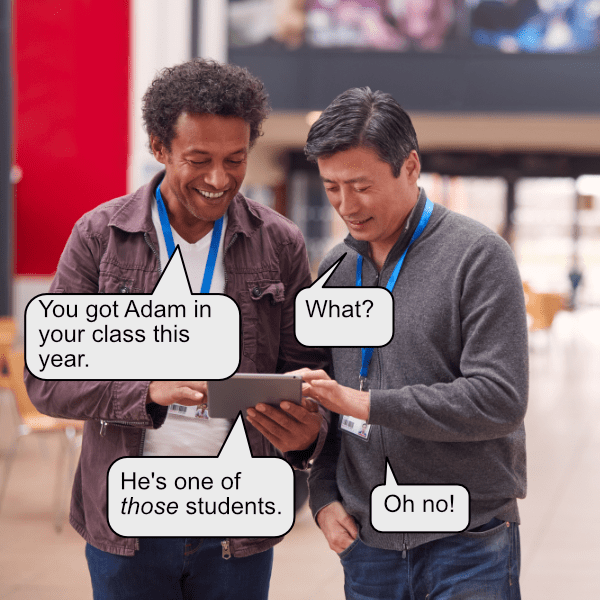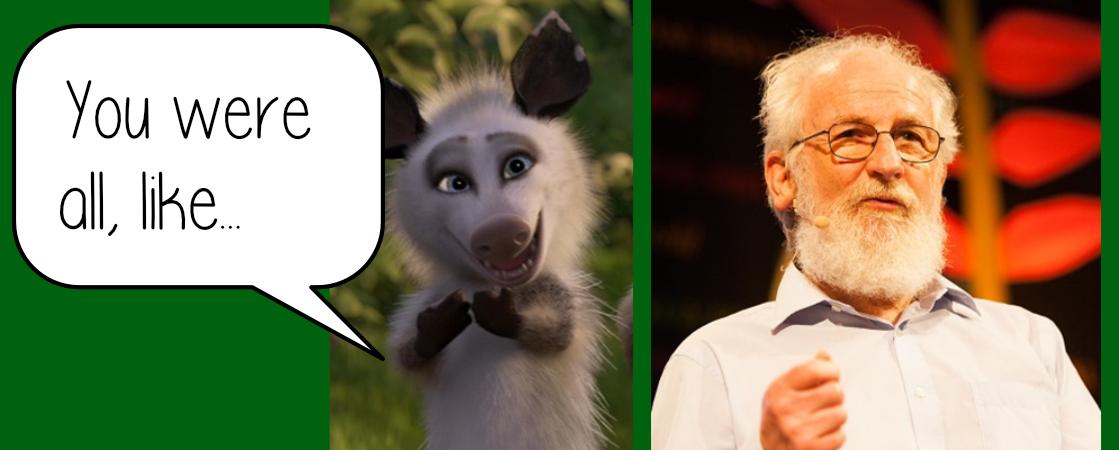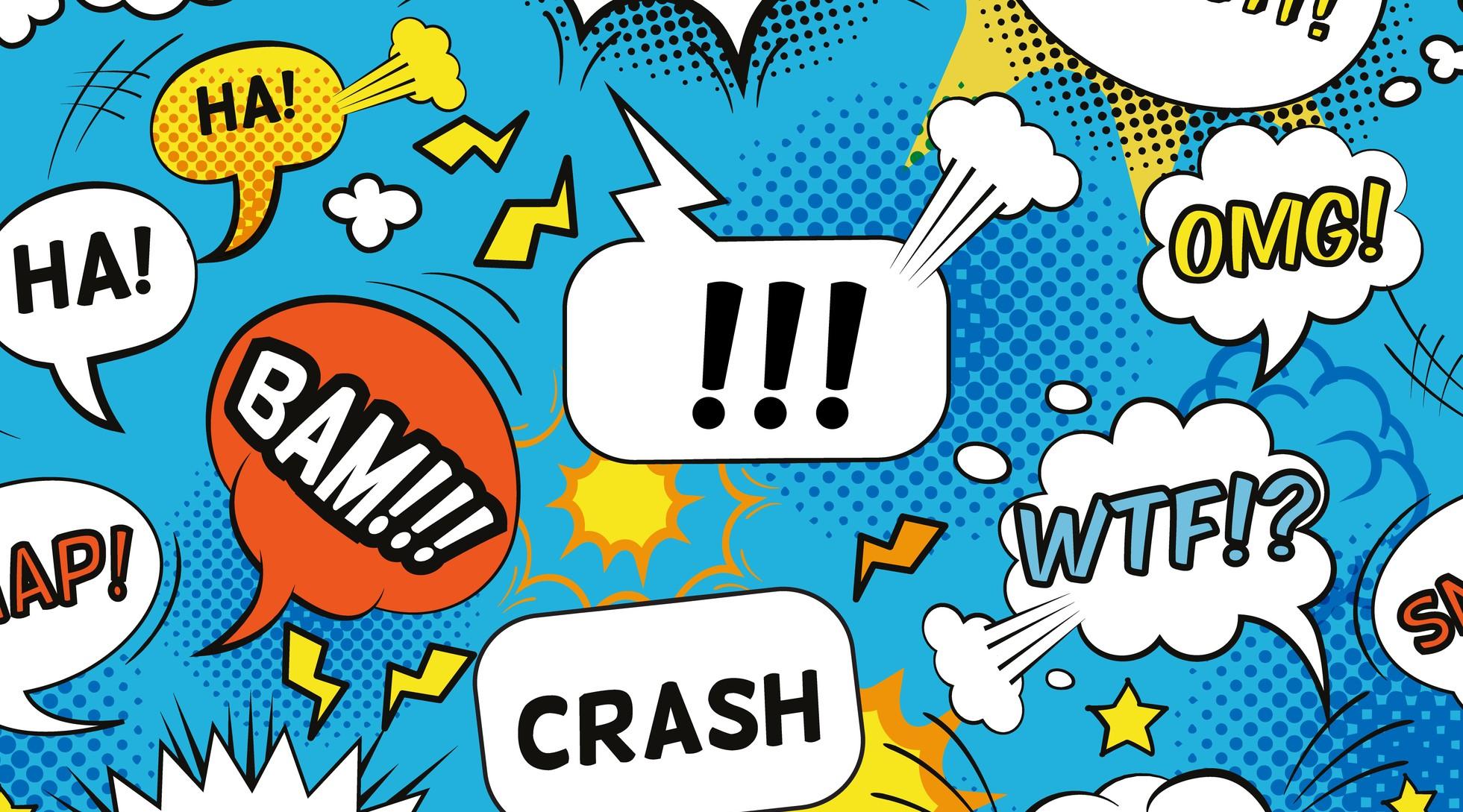This post describes one of the real historical mysteries discussed in our latest book, History’s Mysteries. This book includes 40 unsolved mysteries from history. Students read a text, discuss and analyze, do research on their own, […]

Alphabet Publishing’s Most Popular Posts of 2021
My most popular posts of 2021 feature Minecraft, Excel, drama, self-care, and classroom community. Sounds appropriate for 2021!

Halloween Activities for English Class
Halloween is one of my favorite holidays. And it’s a great holiday to share with students. Some say it’s too scary or macabre to do Halloween activities in English class. But you can always find […]
Why Accent Doesn’t Matter
I hear it from students all the time. “I need to get rid of my accent.” Or “I need sound like a real British person” There’s a whole cottage industry of people “teaching” real native […]

Those Students: Deictic Expressions and Real-World Communication Skills
I’ve been doing a lot of presentations on pragmatics recently and thinking about how to teach students real-world communication skills in English. The problem is that in the classroom we often communicate at a very […]

How to do Social-Emotional Learning Prompts for ESL
Sometimes the best classroom activities come out of the simplest things. Case in point, these Social-Emotional Learning prompts for ESL students created by Teresa X. Nguyen and illustrated by Tyler Hoang and Nathaniel Cayanan. Each […]

Teaching Pragmatics with Memes
I recently discovered these wonderful communication-fail memes from PunHubOnline! Beyond being peak comedy for language lovers, these memes highlight a really important point: communication happens far beyond grammar and vocabulary. Pragmatics, the hidden rules that […]

What does “I was, like…” mean?
In the spring, I had the great pleasure of seeing a bit of David Crystal talk at the 2020 Digital Hay Festival. (By the way, if anyone is looking to for a great Christmas present, […]

Embodied Mind: The Dancer and Dance and Grammar
“How can we know the dancer from the dance?” Yeats famously wrote. And in the dance of human communication, the body plays a role. Language is more than word choice or grammar, and even more […]

Set Your Roleplay to Music
Looking for a way to make your roleplays more engaging and also help students explore communication tools more effectively? Try music. We all know the power of music to set a mood. Television shows and […]

